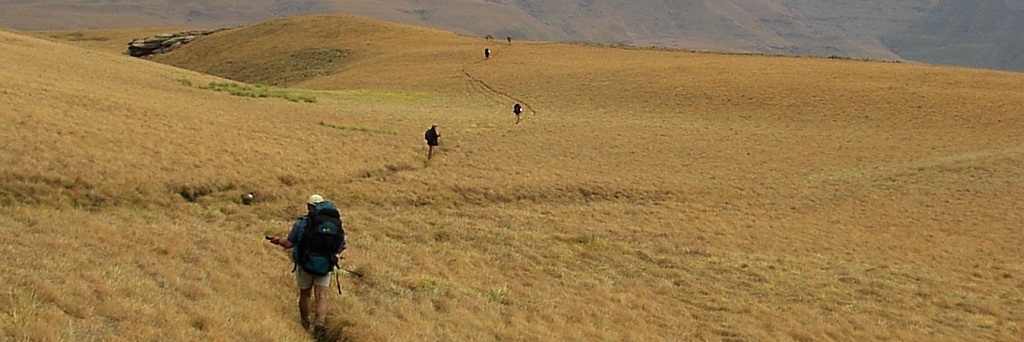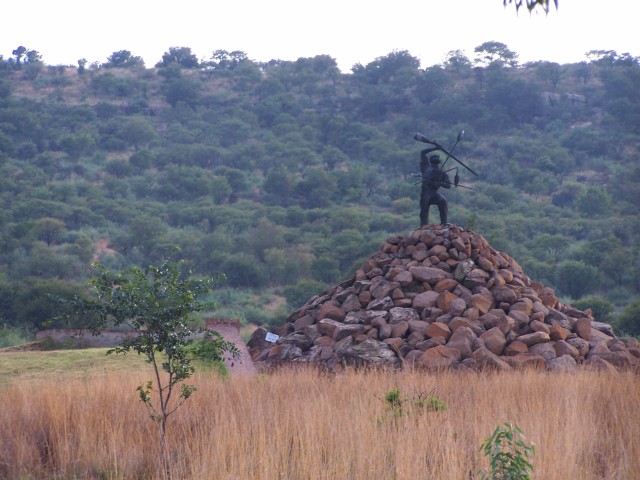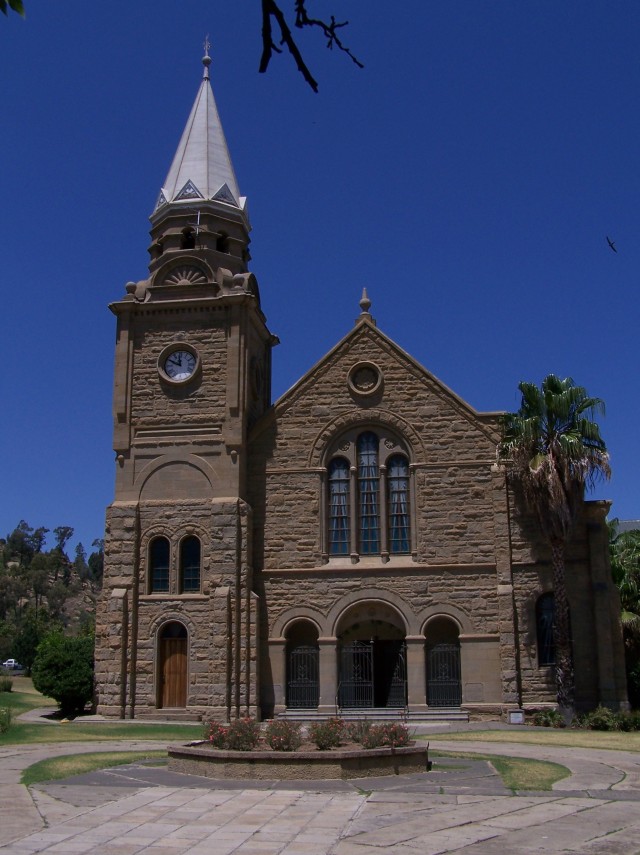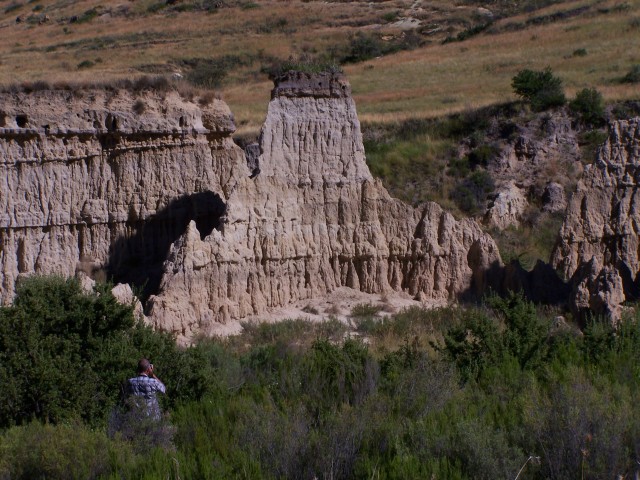

The Photographic Society had an outing, the aim was to take photographs of the stone churches of the Northern Freestate.
'You have to be at my place at 3h30' so said Johann. 'What? At 3h30 in the morning?' 'Yes, we want to be at Vegkop for the sunrise'.
That is how the day started, I duly reported to Johann's place at the appointed time and off we went to collect the others. We were late and didn't make sunrise at Vegkop, but made it at the Heilbron church. We stopped to take the first pictures. The sun was somewhat up but well covered by clouds giving a pinkish tinge to the sky.
 Just to the south of Heilbron is Vegkop. It is a national monument, why? Because this is where the first battle took place between the Voortrekkers and the Matabele in 1838. The monument itself offered good photographic opportunities. Attached is also a museum with some old stuff in it. This than was also our breakfast stop.
Our journey south was interrupted twice, first by a field with round straw bales and the second one an iron bridge built in 1926 on the road to Lindley. And this then was officially our first church to be visited. Everything had been organised and we were in and around the church taking numerous pictures.
Just to the south of Heilbron is Vegkop. It is a national monument, why? Because this is where the first battle took place between the Voortrekkers and the Matabele in 1838. The monument itself offered good photographic opportunities. Attached is also a museum with some old stuff in it. This than was also our breakfast stop.
Our journey south was interrupted twice, first by a field with round straw bales and the second one an iron bridge built in 1926 on the road to Lindley. And this then was officially our first church to be visited. Everything had been organised and we were in and around the church taking numerous pictures.
And onwards to Steynsrus, another well build church. This one was inaugurated by president M.T.Steyn in 1910. What confused me a bit was that at that stage MT Steyn was not the president of the Freestate but rather its ex-president. The name Steynsrus was also explained, there is a monument just outside the town were MT Steyn had a rest whilst traveling ahead of the advancing British to set up government in Heilbron for a while. The town founded after that event was thus appropriately named Steynsrus.
 And now to Senekal, most interesting here are the fossilised trees forming a continuous chain all around the churchyard. These are from a time of around 250 million years ago and have been dug up from the sandstone near the town and placed around the church in 1929.
And now to Senekal, most interesting here are the fossilised trees forming a continuous chain all around the churchyard. These are from a time of around 250 million years ago and have been dug up from the sandstone near the town and placed around the church in 1929.
Rosendal was the last stop before we got to camp. Unknown to me Rosendal also has a klip church. The caretaker was quickly located and in and around we went. What was nice here was no fence around the property, the way churches should be. It also has an antique shop, actually two and in both I found some books to acquire.
For the night I had organised one of my hiking retreats, it's called Mosamani and is about 5 km out of town. Sunday morning was not a good time to take pictures of churches so we rather went for a walk up the donga to take pictures of erosion patterns.
After lunch we took the short cut through to Paul Roux which also contains a klip church, nothing had been arranged there and we could only take pictures from the outside. This was followed by the churches in Bethlehem and Reitz, both of these churches had their foundation stones laid by MT Steyn. From my encyclopedia I gather that MT Steyn as ex-president was very active in the social upliftment of his people after the second Boer war.
 Something that disappointed me on this trip was the fact that of all the organs in the churches we visited not a single one came from Germany. After all Germany had some of the most famous organ builders in the 19th century.
Something that disappointed me on this trip was the fact that of all the organs in the churches we visited not a single one came from Germany. After all Germany had some of the most famous organ builders in the 19th century.
After Reitz we felt we have seen enough churches for a weekend, and sorry Jerry, we just couldn't go on to see the church in Frankfurt as well. That has to wait for the next trip.